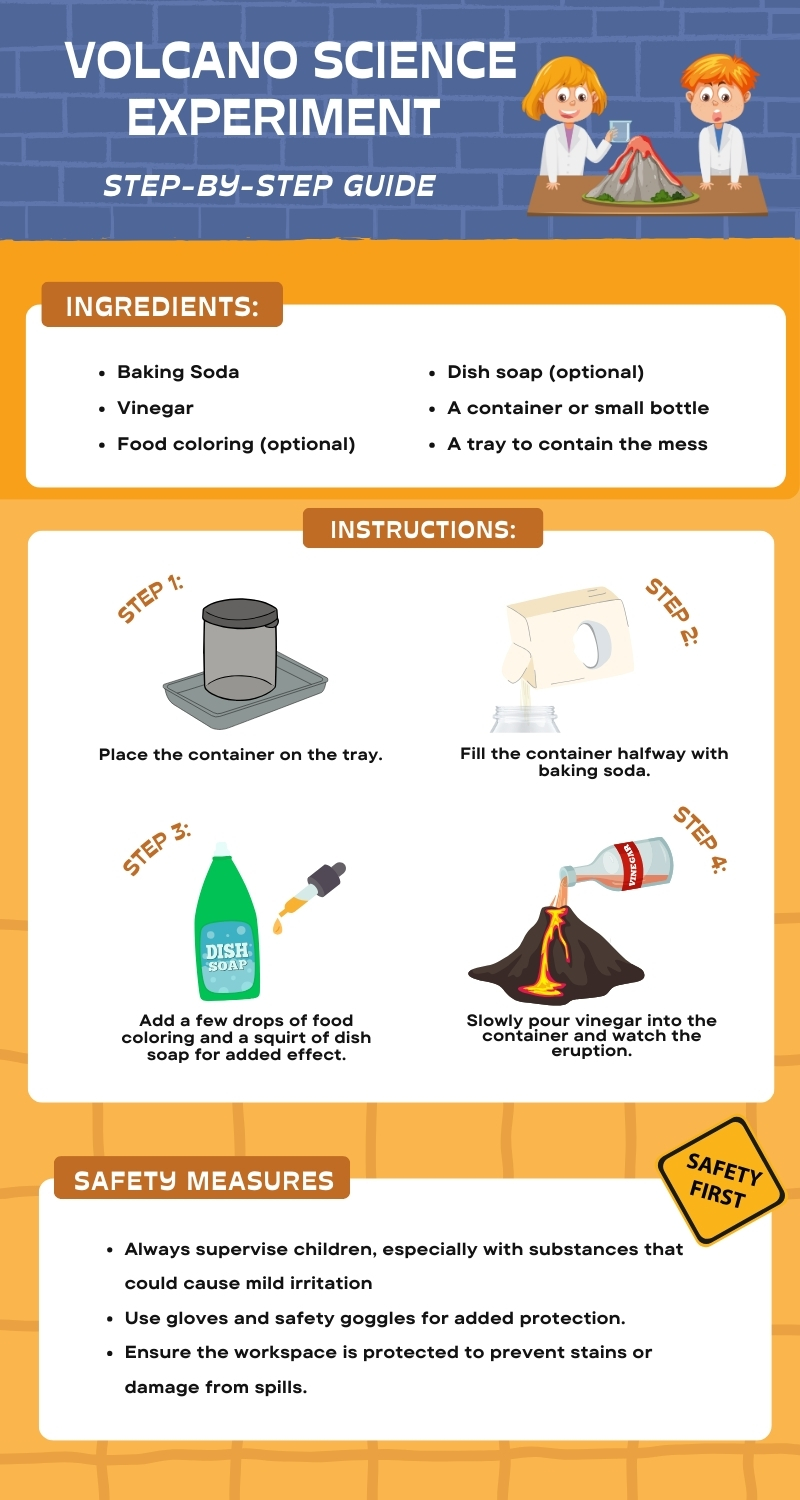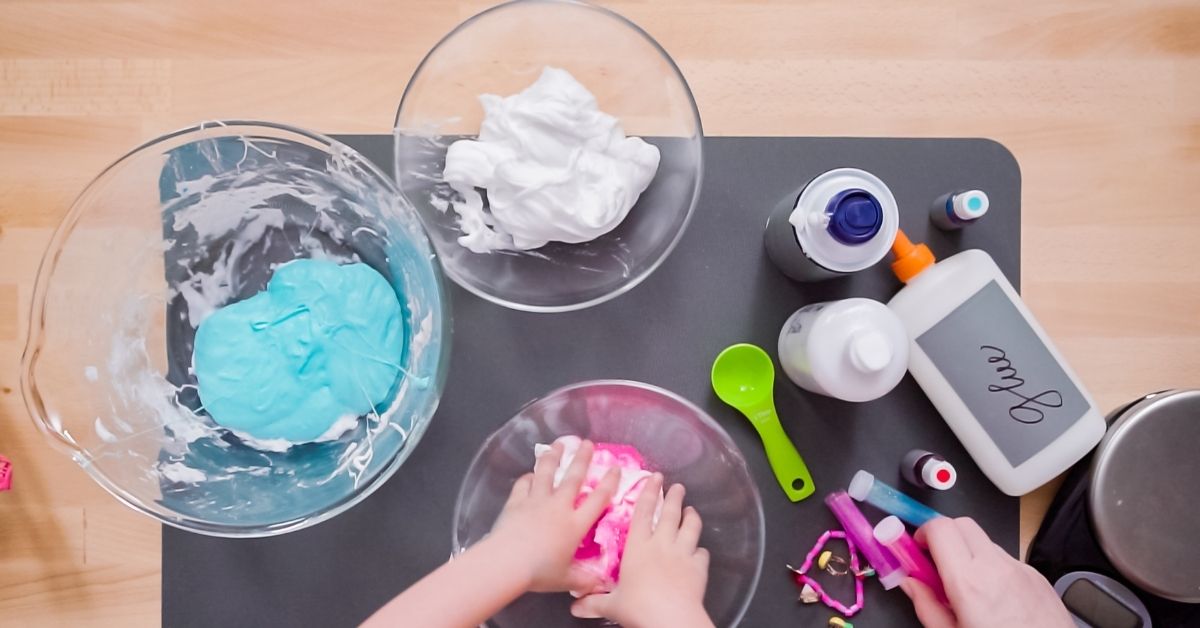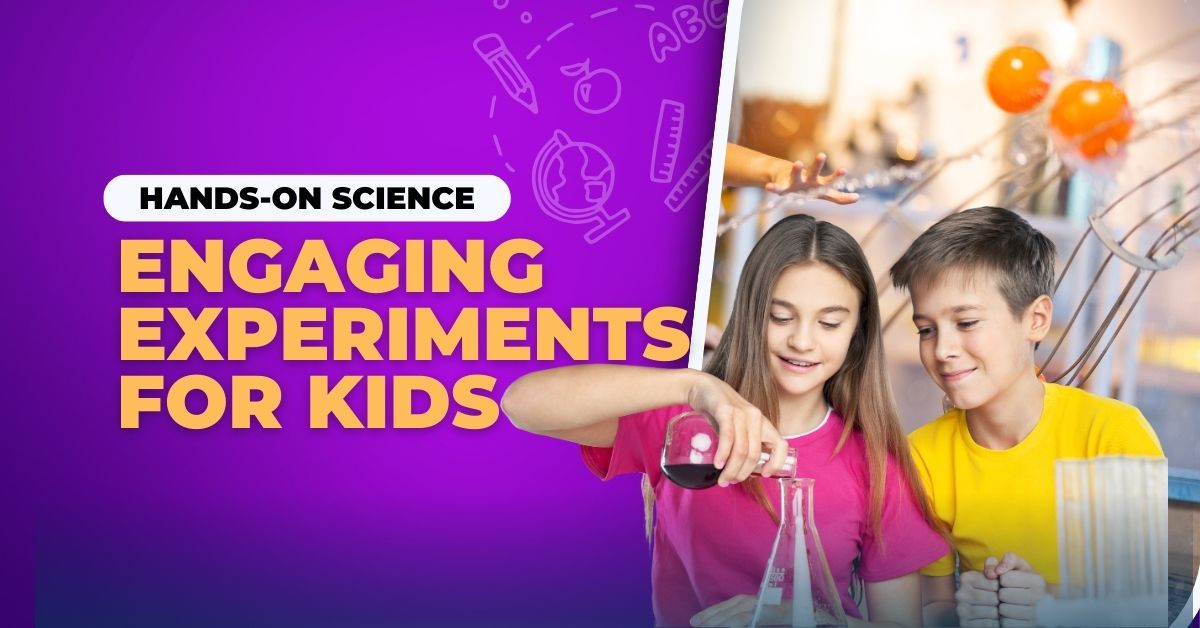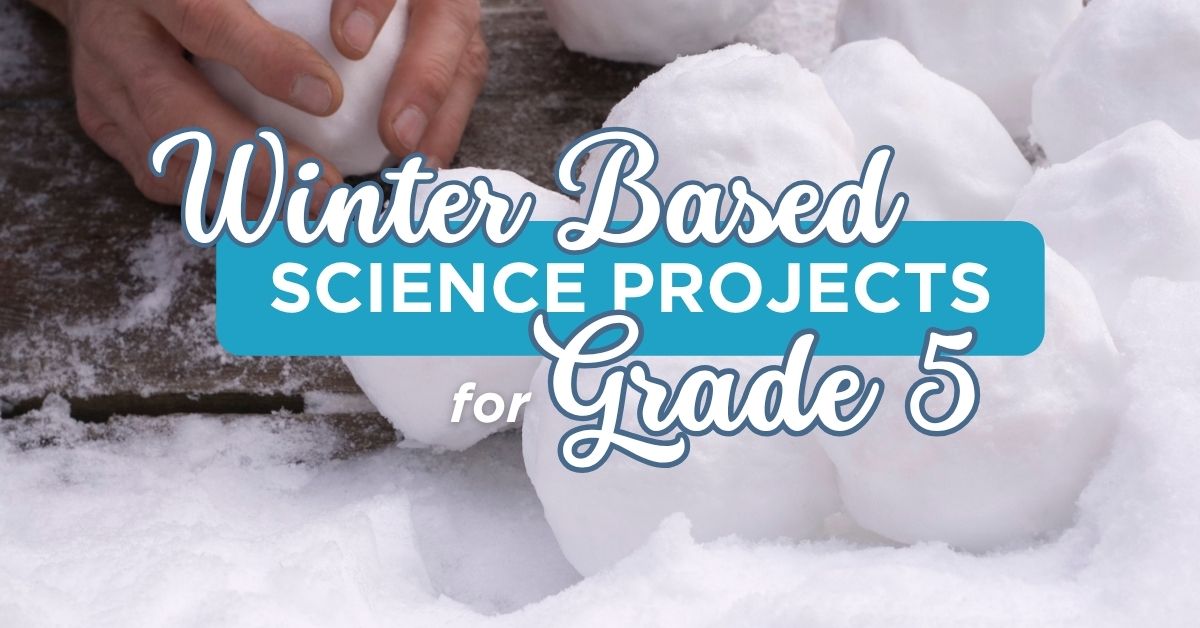Homeschooling has been rapidly growing in popularity, particularly in recent years. More parents are choosing to take control of their children’s education, tailoring it to fit their unique needs and interests. One crucial aspect of a science homeschool curriculum is finding engaging activities that not only educate but also inspire. Among the many subject areas, science stands out as an exciting field where hands-on experiments can significantly enhance learning.
The aim of this blog post is to explore various ways to integrate hands-on science experiments into your homeschooling routine. We’ll discuss the benefits of these activities, offer practical tips, and share some inspiring stories from other homeschooling families. By the end of this post, you’ll have a treasure trove of ideas to make science not just educational but also captivating for your kids.
Homeschool Science Resources: Science Experiments At Home
Choosing the right science experiments for your home setting is the first step. It’s important to select activities that are both educational and feasible within your space. Start with simple experiments such as the classic baking soda and vinegar volcano, which teaches chemical reactions in a fun way. Water displacement with different objects can explain the basic principles of buoyancy and density. Another great option is growing crystals using salt and sugar to introduce kids to the concept of solubility and crystallization.
Selecting age-appropriate activities is key. For younger children, focus on experiments that are visually stimulating and straightforward. Older kids might enjoy more complex projects like building simple circuits or exploring the properties of magnets. The goal is to keep the experiments challenging yet achievable, fostering a sense of accomplishment.

Integrating science experiments into your homeschool curriculum can be seamless. Dedicate specific days of the week to hands-on science. This consistency helps build anticipation and makes science a regular part of your child’s learning experience. Align experiments with your existing science topics to reinforce theoretical knowledge with practical application.
For example, if you’re teaching about states of matter, an experiment such as creating homemade slime can illustrate changes between solid and liquid states. Use the experiments as a springboard for further discussion and exploration. Encourage kids to ask questions, form hypotheses, and record their observations.

Parents play a crucial role in the success of homeschool science experiments. Your enthusiasm and involvement can significantly impact your child’s engagement. Be prepared to guide the experiments, but also allow your kids to take the lead where possible. This balance fosters independence and critical thinking. Create a supportive environment where mistakes are seen as learning opportunities. Celebrate successes and encourage curiosity.
Use your own knowledge and resources to answer questions or research together to find solutions. Your active participation shows your children that learning is a lifelong pursuit.
Engaging Your Kids In Science
Making science exciting for kids is all about sparking curiosity and creating connections. When children experience science as fun and meaningful, they naturally want to learn more. Here are some practical tips for transforming science into an adventure your kids will love:
Use Storytelling to Bring Experiments to Life
Frame experiments with a creative twist. Introduce characters, challenges, or scenarios that the experiment can help solve. For instance, pretend you’re chemists developing a potion or engineers solving a pressing environmental problem. Adding a narrative makes the activity feel like a story unfolding, pulling kids right into the action.
Make Learning Interactive and Fun
- Use multimedia tools: Videos, apps, and interactive games are great for complementing hands-on activities and capturing their attention.
- Turn it into a challenge: Create friendly competitions or collaborative projects with siblings or homeschooling buddies. For example, who can design the tallest tower or find the quickest way to make ice melt?
- Let them choose: When kids help pick the experiments, they’re more invested in the outcome. This small responsibility fuels their excitement and sense of ownership.
Find Science in Everyday Life
Science is everywhere—including your daily routine!
- Cooking: Talk about chemical reactions when baking cookies or boiling water.
- Gardening: Turn planting seeds into a lesson about photosynthesis and plant growth.
- Cleaning: Show how different materials interact and explain why vinegar works so well against tough stains.
Using these everyday scenarios makes science relatable and shows how it’s woven into the world around us.
The Power of Hands-On Learning
Hands-on activities immerse children in the learning experience. Instead of simply reading facts, they can feel the process, observe results, and draw their own conclusions. Here’s why it works so well:
- Builds critical thinking and problem-solving skills as they figure out why and how things happen.
- Appeals to different learning styles:
- Visual learners thrive when they see experiments in action.
- Kinesthetic learners engage through physical involvement.
- Auditory learners benefit from discussions about what’s happening and why.
- Encourages deeper understanding and better retention of scientific concepts.
By rolling up their sleeves and testing ideas, kids experience the magic of discovery firsthand.
Foster a Curious Mindset
Curiosity fuels science, so encourage your child to ask questions and explore fascinating topics. You can support this mindset by:
- Providing access to resources like books, documentaries, museums, and online lessons.
- Creating a home environment that values exploration and celebrates discovery.
- Modeling curiosity yourself. Get excited about your own science-related learning and projects. When kids see your enthusiasm, they’ll be more likely to share it.
Be patient with their pace and make space for their wonder. Every question they ask is a step toward deeper understanding.
Connect Science to the Real World
Help your kids see how science shapes the world by bridging experiments with real-life applications:
- Explain how chemical reactions power baking or how engineers rely on buoyancy principles to design ships.
- Visit science centers, botanical gardens, or factories to see scientific concepts in action.
These connections make learning more relevant and open their eyes to the endless possibilities science has to offer.
Learn From Other Families
Hearing success stories from other homeschooling families can inspire and reassure you. Many parents have found that incorporating science experiments transformed their homeschooling experience. Some highlights include:
- Children who once found science boring became excited for weekly experiments.
- Experiments created opportunities for family bonding and teamwork.
- Kids developed confidence in science and often took up science-related hobbies or started dreaming about careers in STEM.
When you approach science with curiosity, creativity, and fun, the results can be truly transformative—for you and your kids alike. With a little effort, you’ll not only teach essential skills but also foster a lifelong love for exploration and discovery.
Evaluating Progress And Enhancing Learning
Evaluating progress is an essential aspect of homeschooling. It helps you understand your child’s learning trajectory and identify areas that may need additional attention. Regular assessments ensure that your child is meeting educational milestones and progressing at a healthy pace.
Science experiments can be an effective tool for evaluating progress. They offer tangible evidence of your child’s understanding and application of scientific concepts. Use observation checklists during experiments to assess skills such as following procedures, making predictions, and recording results. Encourage your child to maintain a science journal where they document their experiments, observations, and reflections. Reviewing these journals can provide insights into their thought processes and growth over time.
Incorporate science experiments into your homeschooling progress reports. Highlight significant experiments and note any advancements in scientific understanding. Include photos, diagrams, and samples of your child’s work to create a comprehensive record. Evaluation tests can also be used to assess knowledge retention and application. Design quizzes or practical tests based on the experiments conducted.
These assessments can be both fun and informative, providing a well-rounded view of your child’s progress.
Transforming The Way Your Child Learns
Incorporating hands-on science experiments into your homeschooling routine can transform the way your child learns and engages with science. These activities not only make learning fun but also foster critical thinking, creativity, and a lifelong love for discovery.
Remember, the key to successful science education is enthusiasm and curiosity. By providing a supportive and stimulating environment, you can ignite your child’s passion for science and set them on a path to endless exploration.





